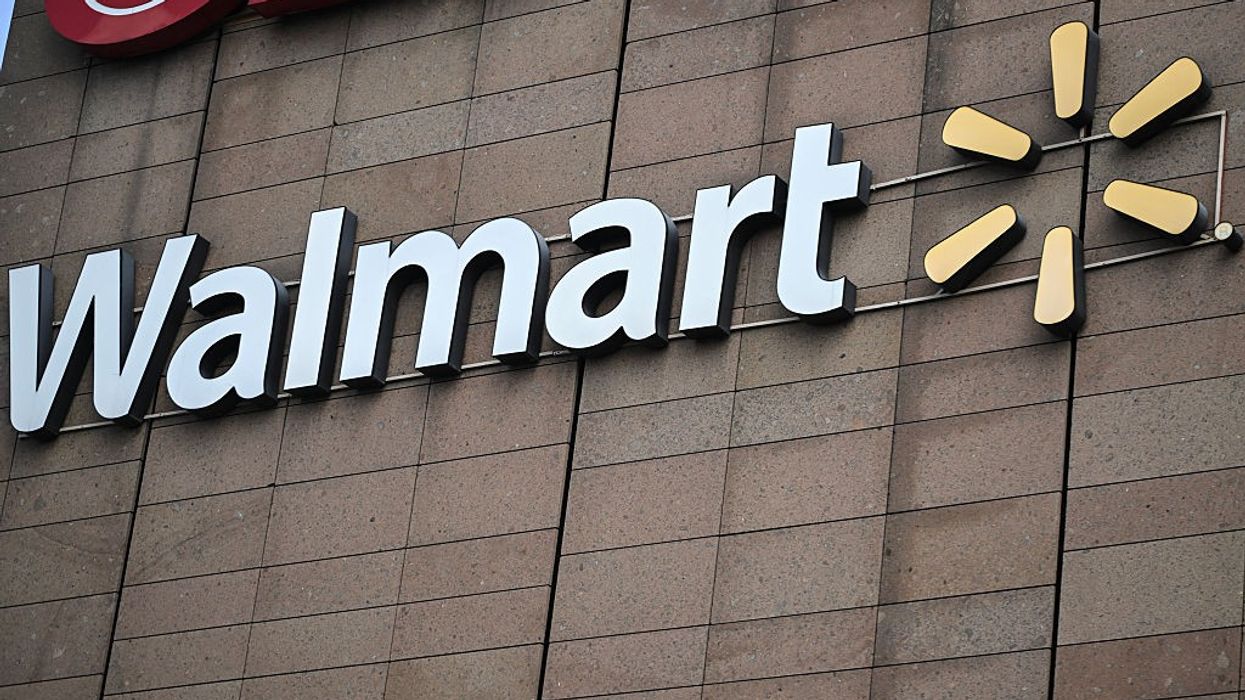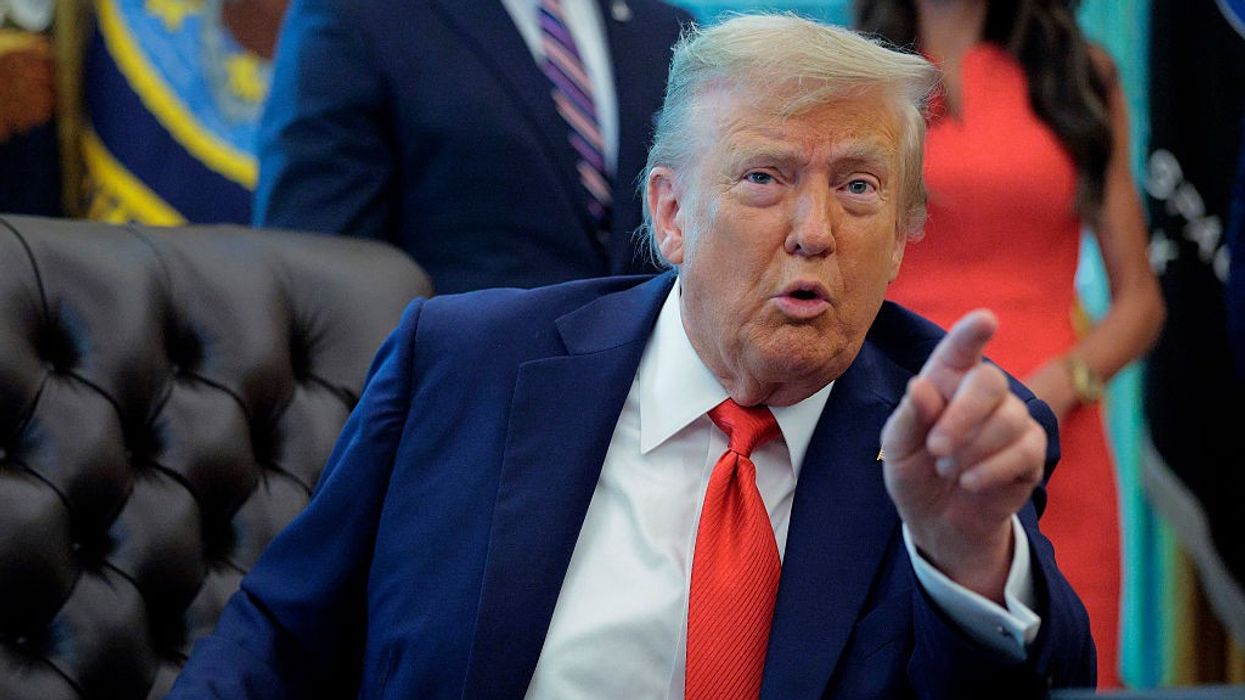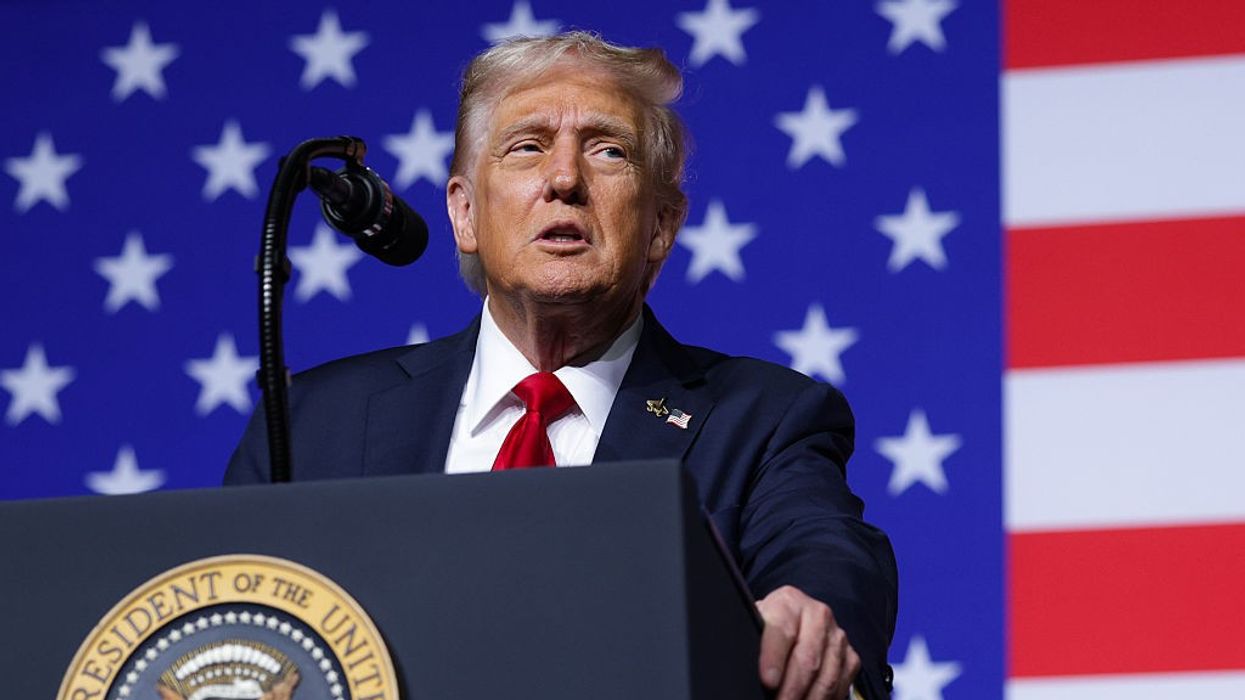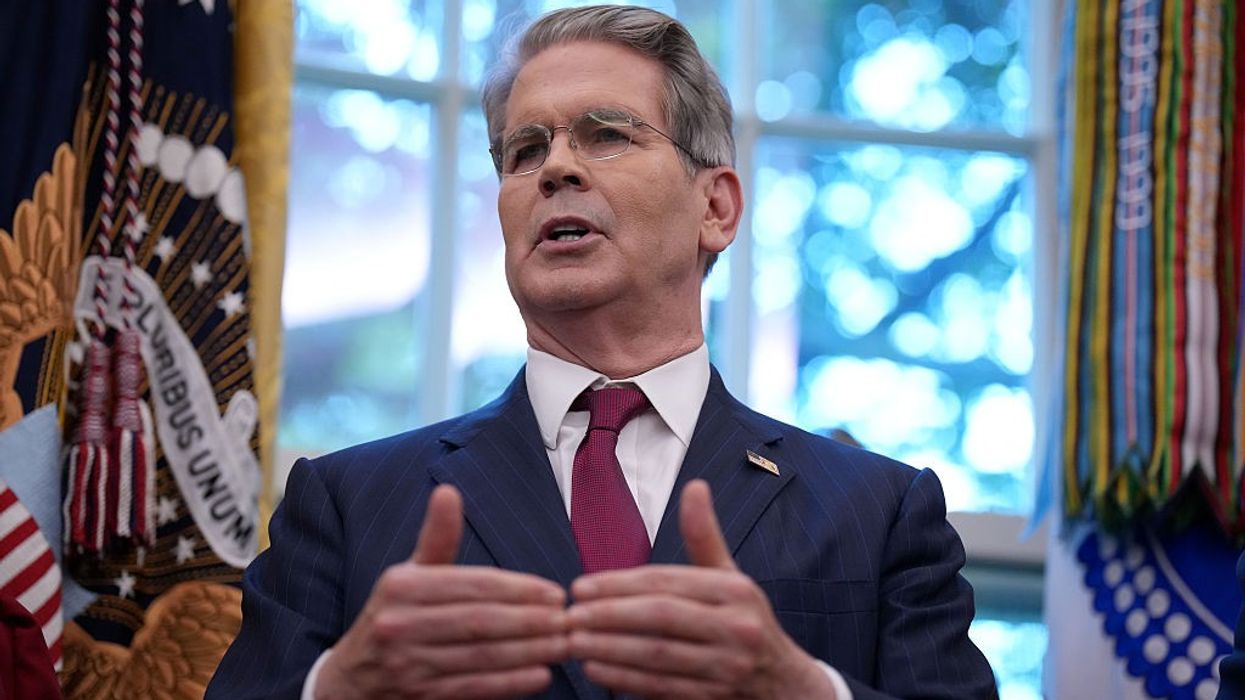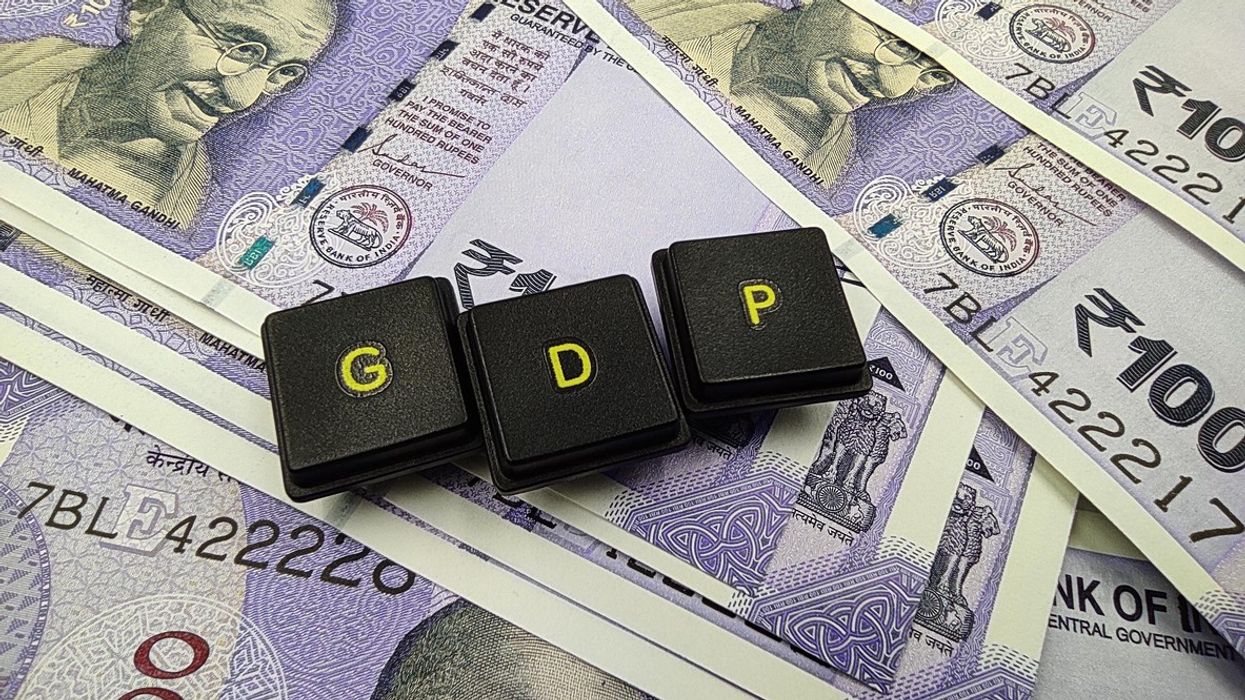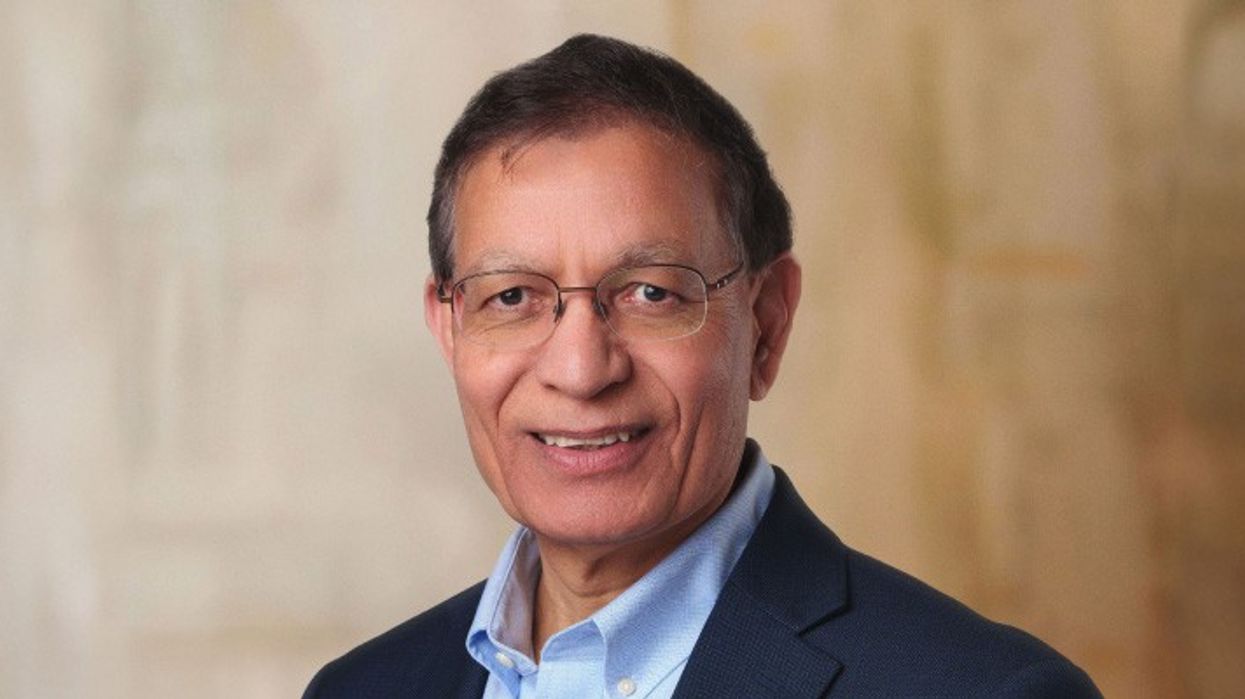President Donald Trump's decision to impose a 100 per cent tariff on all films produced outside the US is expected to severely affect the Indian cinemas' revenue in the US. Industry experts says distributors may be forced to increase ticket prices, which would reduce audience turnout and impact overall collections.
“To the best of my knowledge, Hollywood derives 60% of its revenues from the rest of the world. This shows the irony of the situation. I think this tariff is likely to impact the last mile consumer a lot,” said Pranab Kapadia, director at overseas distribution firm Moviegoers Entertainment.
Rising ticket prices to hit distributors
Distributors say the higher costs will hurt their share of revenue. “The impact of tariff is high ticket prices, which will lower the revenue share of distributors of Indian films, thereby hurting the overall box office potential of Indian films,” Kapadia added.
Kapadia, who has handled the overseas distribution of films from Karan Johar's Dharma Productions, explained that Hindi films rely heavily on the US market. On average 40-60 per cent of their international box office revenue comes from North America. This year's biggest Hindi blockbuster, Saiyaara, made more than $6 million in the US, becoming the third-highest-grossing Indian film there.
Short theatre window a concern
Another worry for distributors is the short time films spend in theaters before arriving on streaming platforms. This could encourage audiences to skip costly cinema tickets and wait for OTT releases.
“Today, there is such a short window between a film that gets released in theaters and then its showcasing on streaming platforms. In this context, a tariff of 100% makes it even more challenging for distributors to bring footfalls in theaters, especially when they must resort to hiking ticket prices to compensate for the tariff,” a veteran distributor said on condition of anonymity.
Small films may shift to OTT
Mid-sized and smaller films may completely bypass theaters in the US. Producers may instead choose to release them directly on streaming platforms.
“A 100% tariff could wipe out 40% of Indian films' US revenues, but the deeper worry is the audience fallout. With ticket prices soaring to $20, many diaspora families may abandon theaters,” said Suniel Wadhwa, cofounder and director of Karmic Films. “This is not just a tariff. It is a cultural barrier. Cinema is India's strongest soft power export to the world,” he added.
US market vital for Indian cinema
The importance of the US market lies in the strength of Indian Americans. According to the Pew Research Center, about 5.2 million Indians live in the US, representing a large and influential audience for Bollywood and regional films.
Some producers, however, remain uncertain about how exactly the tariff will be applied. “I am not clear about what the tariff announcement means. I will have to see the final order to understand the future implications of this tariff,” said Shobu Yarlagadda, producer of the hit Telugu films Baahubali and Baahubali 2.
Overall, industry voices warn that the tariff could not only reduce the box-office performance of Indian films in the US but also force producers to rethink how they make, distribute, and market their projects, especially big-budget films.






